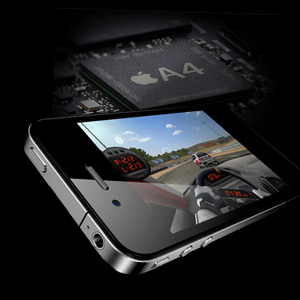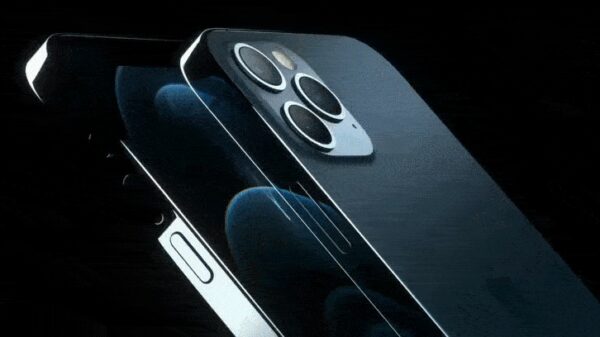 Ever since it burst onto the market nearly eight years ago, Apple’s iPhone has won plaudits far and wide for its design, which has remained virtually unchanged with each successive model. Engineers work hard to iron out the previous model’s flaws every new release, with notable hiccups along the way, such as the embarrassing antenna issues that dogged the release of the iPhone 4, being swiftly rectified.
Ever since it burst onto the market nearly eight years ago, Apple’s iPhone has won plaudits far and wide for its design, which has remained virtually unchanged with each successive model. Engineers work hard to iron out the previous model’s flaws every new release, with notable hiccups along the way, such as the embarrassing antenna issues that dogged the release of the iPhone 4, being swiftly rectified.
Nevertheless, there are still a few weak points of the phone’s design that sometimes fail under the demands of everyday use. Owners should keep in mind these problem areas and, if possible, invest in supplementary products to give their device extra protection from damage.
Casing - Ever since Apple ditched the plastic construction of the initial models, many users have complained of their iPhone’s anodised aluminium casing becoming scratched and scuffed very easily. Many discovered that the coating was easily scratched off around the edges and found chip marks on the back panel, revealing the silver aluminium layer underneath. Phil Schiller, Apple’s marketing boss, responded to an e-mail on the subject thusly: ‘Any aluminium product may scratch or chip with use, exposing its natural silver colour.’ That is normal. With the issue set to continue, It makes sense to invest in a good case for added protection.
Battery - Perhaps the most common complaint among smartphone owners of all makes and models is how poorly their battery fares. The iPhone is no stranger to such complaints, and a long list of battery problems has been diagnosed. If battery life drops dramatically after updating an app or installing a new app you may want to remove it from the iPhone to see if that solves the issue. It may also help to turn off access to location information through the settings menu under ‘privacy’. Apple and other manufacturers are currently working hard on improvements to battery life, which will hopefully come to fruition in the coming years.
Screen - Despite many developments to boost the robustness of the iPhone, its screen is still likely to crack if dropped onto a hard surface. You might have even seen someone soldiering on with a spiderweb-patterned frontage to their iPhone. It won’t stop the device from functioning, but it makes daily use very tedious. Although this is the most visually striking issue on the list, it’s possible to carry out an iPhone screen repair without too much fuss. Despite this it’s definitely worth investing in a screen protector - especially if you’re the butterfingered type.
Scarlett is an avid blogger and web columnist with a love of all things shiny and sleek.
























































































































































































